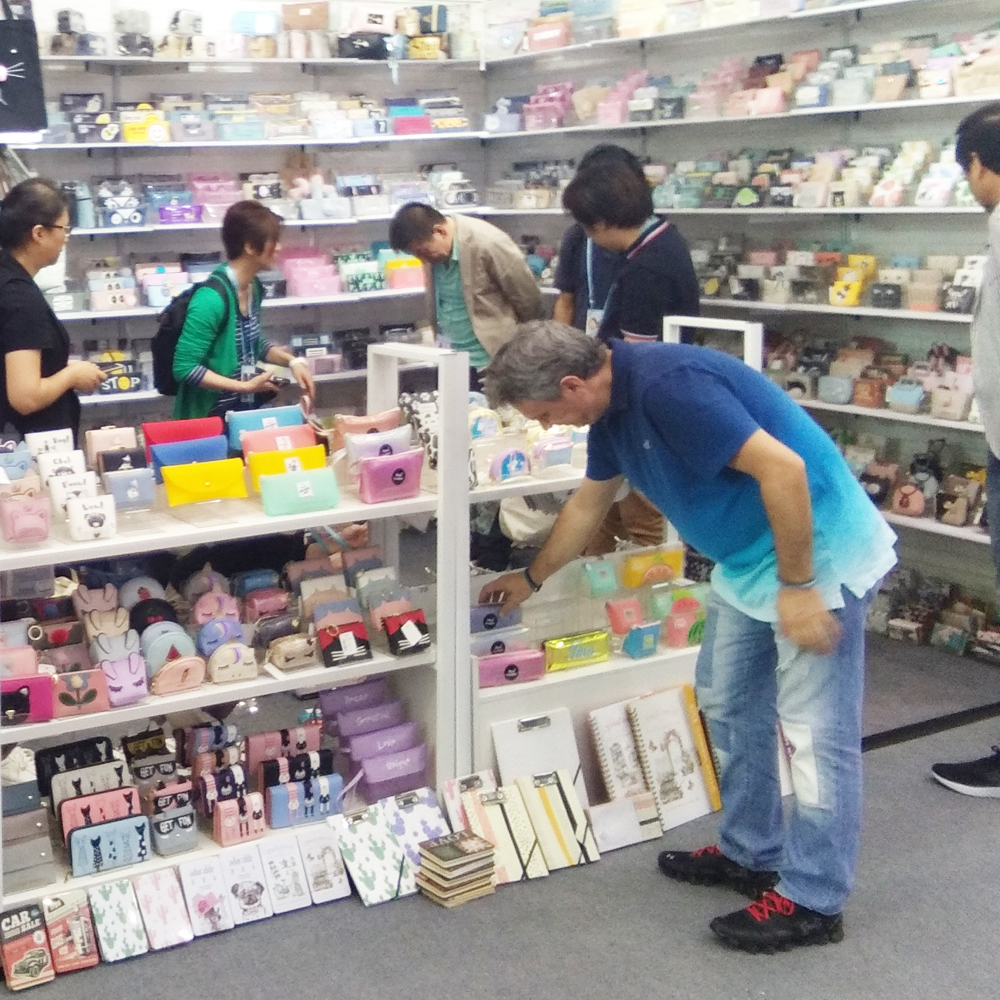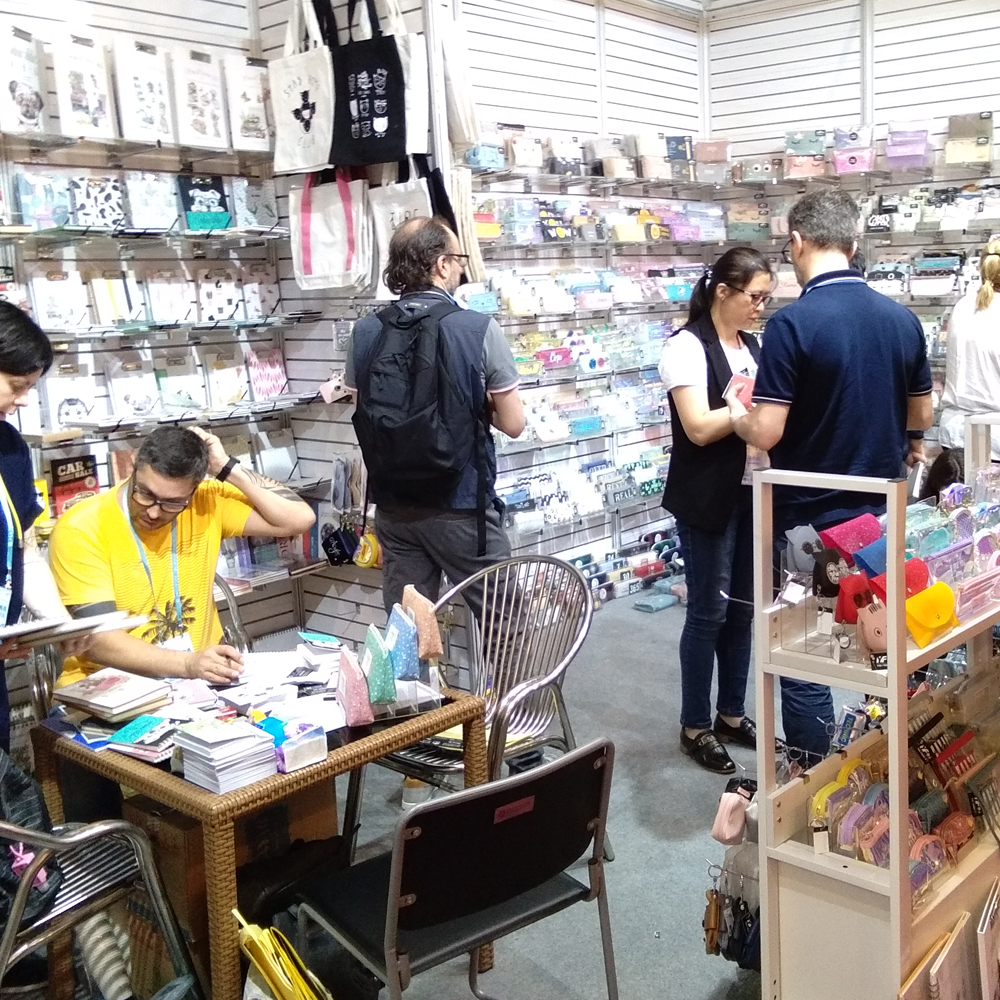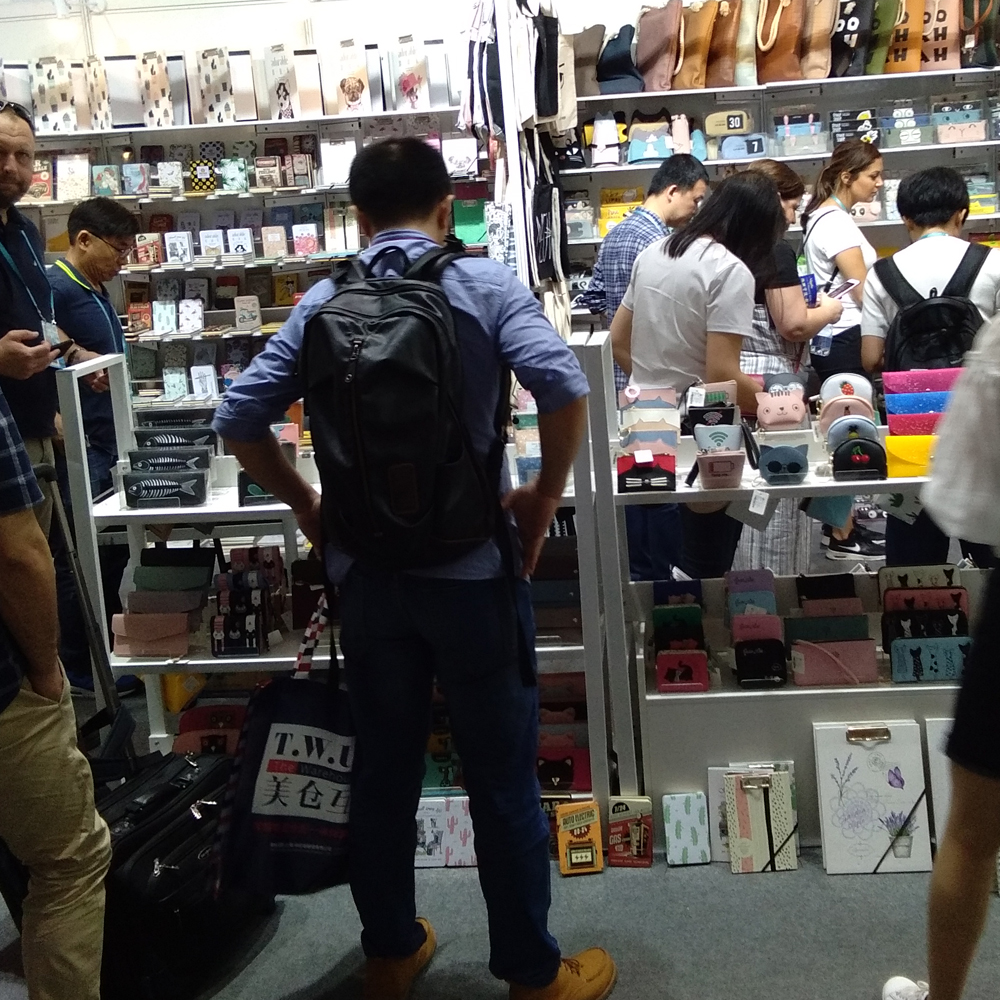Elm in China, Elm is mainly concentrated in Jiangsu, Zhejiang and Anhui. The eucalyptus can grow to more than 30 meters and can reach a diameter of 1.5 meters. The layers of eucalyptus are layered and richer than eucalyptus. Suzhou craftsmen call it “treasure patternâ€. The eucalyptus wood is harder than ordinary wood, but it is not hardwood. Among the furniture materials used in the Ming and Qing Dynasties, the coffin has an important position and has been valued since ancient times. Elm is a common material for making furniture in Suzhou. There are also many eucalyptus furniture in the north. Many of them are made up of Ming style and workmanship with Huanghua Pear. They are regarded by craftsmen and collectors. Jiangsu artisans often divide eucalyptus into three categories: jaundice, red peony and blood sputum. Different ages cause differences in color and density. Older people with red color are called "blood sputum", which is most cherished.
Nanmu Ming Dynasty often mentioned that Nanmu is a good material for furniture. Phoebe wood is often used to make cabinets and bookshelves and can also be used to decorate cabinet doors or make stationery. Phoebe grows slowly, the trunk is straight, the height of the tree is between 10 and 40 meters, and the diameter is between 50 and 100 cm. More than 30 species of nanmu are found in the south of the Yangtze River, especially in the southwest. The best Nanmu is from Hainan. Phoebe is extremely resistant to corrosion and is often used for building materials or shipbuilding. Nanmu is easy to dry, and the wood is stable. It is not easy to crack. The texture of the wood is delicate. After polishing, the surface will produce a charming luster. It is often called “golden nanmuâ€, which is a kind of high-grade wood. Its color is light orange and slightly gray. The texture is elegant and quiet, the texture is gentle and soft, no shrinkage, and there is a burst of fragrance in the rain. The southern provinces are all produced, but Sichuan is the best. The court of the Ming Dynasty was heavily used. At present, the Forbidden City in Beijing and the ancient buildings in Beijing are mostly constructed of Nanmu. Nanmu is not rotted and has a fragrance. The Royal Library, the Golden Paint Throne, and the interior decoration are mostly made of Nanmu. Important buildings such as Wenyuan Pavilion, Le Shoutang, Taihe Hall and Changling have Nanmu decoration and furniture, and are often used in conjunction with red sandalwood. It is a pity that many people do not know this today. They often regard it as a fetish mentality. They feel that the quality is not strong or heavy, and the color is not deep and not bright, so they are discarded. Insiders regard the texture as follows: Jinshen, Douban, Xiangnan, and Longan. In addition, in Shanxi and other places, it is often called "Southwood" such as mahogany, yellow pear and so on. The original intention should be wood from the south. It sounds very easy to be confused with this "nanmu", but I don't know.
Walnut wood walnuts are easily confused with nanmu. However, its wood surface texture is thicker, and the walnut color tends to golden brown or reddish brown compared with the olive brown of nanmu. There are several varieties of walnut wood in China that are suitable for high quality furniture. “True walnut trees†are generally grown in North China and Northwest China. This is a deciduous tree that grows to 20 meters high and is walnut-yellow. Its sapwood is light in color, and its heartwood is reddish brown or chestnut brown, sometimes even purple. Walnuts dry very slowly, but the wood is stable after that. Since "true walnut trees" are generally used to eat their fruit instead of being used as wood, "Manchurian walnut tree" is often used to replace it. "Manchurian walnut wood" is found in both North and Northeast China, and its color is lighter. There are also “wild walnut trees†in Central China and East China as well as in Yunnan.
Shanxi Luliang and Taihang Ershan are rich in walnuts. Walnut wood is the finest material for Jin to make furniture. It has a hardwood-like luster, its texture is fine and asexual, easy to engrave, and its color is gray and soft. Its products are both in the Ming and Qing Dynasties, most of which are superior. Available for storage. Its wood features only fine-like needle-like brown eyes and a light yellow filament-like annual ring. Weight and eucalyptus.
There are many types of poncho trees, and they grow in most parts of China. Shirt trees generally grow above 2000 meters above sea level. Shirt wood is often used as building materials. However, some varieties with stronger hardness, denser density and more uniform texture are also used to make furniture. The shirt is light yellow-brown, straight texture, relatively easy to dry, good strength, but not resistant to moisture or insects.
Elm is an unusual part of the trunk or branch. The causes of the formation of eucalyptus are unclear, and their tumor-like growth does not seem to hinder the health of trees. There are many reasons for the formation of coffins. Some people think that they are the result of logging, fire or forest disasters, including the erosion of bacteria and even the pupae of the woodpecker. Some species, such as camphor, eucalyptus, nan, cypress and willow, are more likely to grow eucalyptus. The fine patterns of the eucalyptus texture are often rotated, and it is often difficult to identify which tree they are. However, the same color, texture and texture are usually from the same parent tree. The trunk bifurcation and roots of the tree grow into a eucalyptus-like texture due to the change in the growth direction of the tree fibers, such as the eucalyptus eucalyptus. Nanmu, the first of the coffins that can produce large plates. Birch trees that grow everywhere in China are also prone to growing eucalyptus.
Birch is produced in northeastern China, and the wood is fine and pale yellowish. The fiber has poor shear resistance and is easy to "Qiqiu". Its roots and knots are multi-patterned. The ancients often used it as a door core decoration. Its bark is flexible and beautiful. Pu people have great feelings for this, often inlaid with scabbards and bows. Only the wood is juicy, and after the material is deformed, it is rare to see all the tables and chairs made of birch.
Poplar wood commonly used in northern China, its quality is soft, stable, and cheap. It is often used as an attachment to eucalyptus furniture and as a lacquered furniture. This is what the poplar is also called "small leaf yang", which often has a lustrous-like luster, so it is also called "satin yang", not the type of Soviet poplar, big leaf poplar, populus euphratica that was introduced in this century. Poplar often has a "scent", which is lighter than birch. Birch is slightly fragrant, often with a very fine brownish black water immersion line. This is the difference between the two.
Dumu
Also known as "Du Limu", the color is grayish-yellow, the wood is delicate and the texture is not much different, suitable for engraving. In the old days, this wood was used to engrave wood boards and stamps. I have seen the engraved version of the micro-carving trademark used by the Shanxi merchants. The characters in the square inch, the boat, the mountains, the houses and so on are exquisite, and there are hundreds of small heads on it, which is amazing. This edition is Du Mucheng.
The cedar wood has a scent that can be used as a medicine, and the cypress can replenish the heart. Whenever people step into the lush Berlin, look at its nine distinct branches, inhale the secret of the heart, and think of the character of these millennium ancient wood cold and evergreen, it is easy to give people a spiritual purification. It can be seen from this that the ancients used cypress wood to make furniture. Cypress wood is yellow, fine, airy, water-resistant, and many knots, so folks use it to do "cypress wood." The good eucalyptus is also made of cedar, which is resistant to corrosion. The famous "Yellow Intestines" in the tombs of the ancient kings unearthed in Beijing's Dabaotai is a barrier formed by the stacking of thousands of cedars. It can be used for anti-corrosion. It can be seen that it is of a high level in wood planting.
Elm is found in all provinces of Jiangnan in China, while Fujian is rich in Fujian. The tree has a large diameter, a wide material width, and a beautiful pattern, especially with a strong fragrance, which can make the insects avoid. China's coffin boxes are famous in China and abroad, including clothing boxes, lying boxes (to the clothing box), top boxes and other varieties. There are only a few cases in the table and chairs in Beijing. In the old woodware, the eucalyptus is divided into several types according to the form, such as red peony, tiger skin scorpion, scutellaria, rosewood stalk, watercress scorpion, white scorpion, boat scorpion and so on.
Elm folk said that the walnut wood is not the result, the elm brown eye arrangement is dull, the color is dark and soft, but the shrinkage is small, and it can be used as the core of the door core. Often used with Korean wood and walnut wood. The elm is lighter than the walnut, the color is deep, the quality is loose, and the brown eye is large and scattered, which is the difference.
Backpack
Most of the casual backpacks are fashionable, energetic and refreshing, and the fashionable contrast color adds a fresh taste to the whole. The student backpack is at once fresh and preppy, vibrant and flexible. Due to its neat shape and colorful color, it is very suitable for students' monotonous school uniform and ordinary casual travel clothes.
Jilin Y.F. Imp & Exp Co., Ltd is an exporter and manufacturer (Cang nan Y.F. Stationery & Gift Co., Ltd.)in Creative products, such as Backpack,Shoulder Bag,Pencil Case, Handbag,Multifunctional Bag. Coin Purse .Cosmetic Bag.Storage bags. File Holder.Canvas handbag and Notebook etc. which is a professional stationery company setting research and development, producing, sales and trade into one. Our company always takes quality, service, efficiency and innovation as our management philosophy. Since our brand Y.F. has been put on the market, the products sell well throughout the country consistently, and be exported to Europe and America,, and South America countries as well as regions, where the product enjoys great customer loyalty and good population. Choose Y.F. is not to choose a batch of stationery, but to choose a commitment and responsibility, Thanks for your attention, support, trust an cooperation. Wish to establish long-term business relationship with you in the near future.


Leather Backpack,Travel Backpack,PU Backpack,School Backpacks,Luminous Backpack,Outdoor Backpack.
Jilin Y.F. Import & Export Co.,Ltd , https://www.jlpencilcase.com